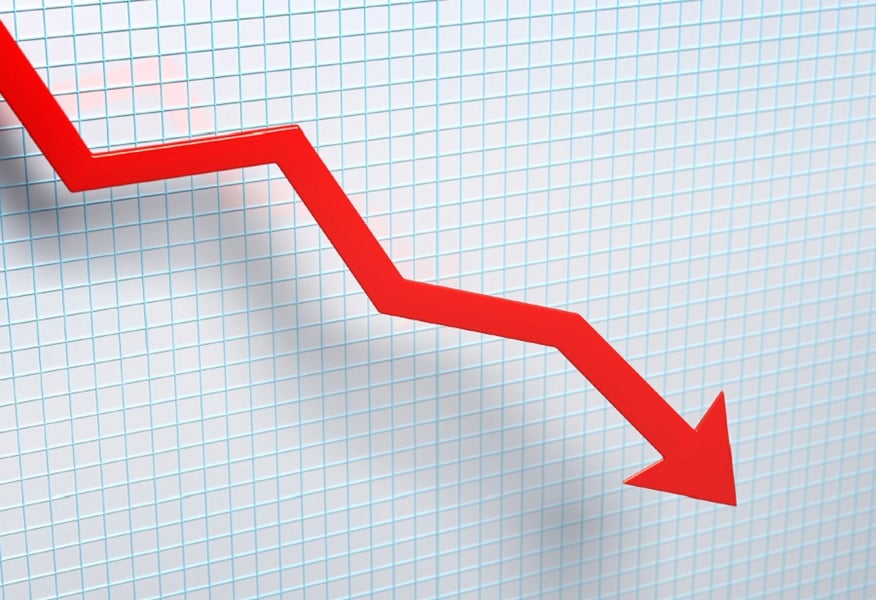Variable annuity sales continued their downward spiral last quarter on the back of volatile equity markets,
losing yet more ground to fixed annuities.
VA sales of $22.8 billion in the first quarter were down 7% from the year prior, according to the Limra Secure Retirement Institute. It's one of the lowest sales figures for variable annuities the industry has seen in a long time, said Todd Giesing, Limra's annuity research director.
With the exception of the third quarter of 2017, directly after the Department of Labor's fiduciary rule went into partial effect, the industry
hasn't seen quarterly VA sales so low since the 1990s, Mr. Giesing said. The DOL rule had implemented
more rigorous sales standards around variable annuities and other financial products in retirement accounts, but was
vacated in court in early 2018.
Stock market volatility toward the end of 2018 pushed investors to seek more conservative options to park their money, such as fixed annuities. December was particularly volatile, with the S&P 500 up or down more than 1%, nine times, compared with eight times in all of 2017. The S&P 500 ended 2018 down 6.2%, the first annual loss for the index since the financial crisis.
The market gyrations caused sales of fixed-rate deferred annuities to spike, hitting $15.1 billion in Q1, their highest quarterly level since the financial crisis, Mr. Giesing said. Indexed annuities, another type of fixed annuity, were up 24% year-on-year, to $18 billion.
The disparity is growing wider: Nearly two-thirds of individual annuity sales in Q1 were fixed and the remainder were variable. The last time fixed-annuity market share was so high was in the third quarter of 1991, according to Limra.
One bright spot for variable annuities have been buffer annuities (also known as structured annuities), which aren't fully exposed to market volatility since they offer a measure of downside protection. Stripping out sales of those products in Q1, variable annuity sales would have been down 14% year-on-year.







